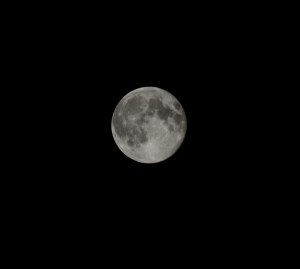
Over the next couple weeks, look towards the low southeastern sky at dawn and witness the morning star, otherwise known as Venus. On Saturday, February 15, Venus will shine at an impressive magnitude of -4.9, which is the brightest it can get in our skies. Venus shines 10 times brighter than Jupiter, which is also visible in our evening skies during February
Wake up early on the 15th or anytime during the following week-you don’t want to miss this because Venus won’t appear this bright and high in Earth’s skies again until 2015.
Celebrate the beauty of the nation’s cherry blossoms.
Spring officially begins!

An extremely rare event will take place shortly after 2 a.m. EDT on Thursday, March 20. An asteroid known as 163 Erigone will pass in front of the bright star Regulus in the constellation of Leo, causing the star to disappear. A stellar occultation (pronounced “occ-kull-tay-shun”) occurs when the Moon, an asteroid or another planetary body eclipses a star, momentarily blocking its light. This event will be visible along a 45-mile-wide path and is predicted to begin at 2:07 a.m. Eastern Daylight Time. The asteroid’s shadow will move on a southeast-to-northwest path that will extend from New York City to Oswego in New York State and continue northwest into Ontario, Canada. For those in the center of this path, the star will remain invisible for 12 seconds.
Read more about the Occultation of Regulus. If you’re up for it, help IOTA (International Occultation Timing Association, you already knew that, didn’t you?) by observing this rare event and reporting back!


